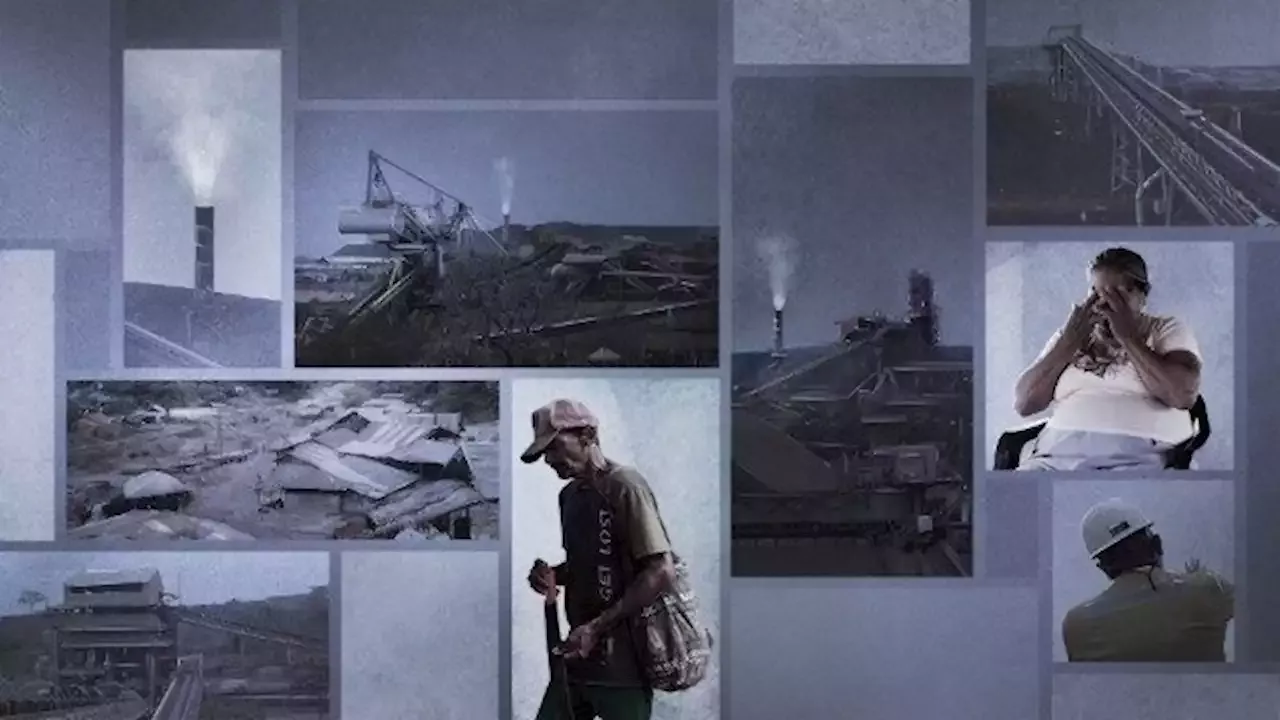Felipe Morales , Pascale Mariani , Ivonne Rodriguez , Angu00e9lica Perez and Aabla Jounaidi
Everyone in El Alacrán still remembers “little” Rafael Moreno. Though the journalist had left the village at the age of 18, he came back regularly. “He’d stay at our place, in his former house. He was part of the community,” María Martínez, who now lives in the house Moreno grew up in, remembered. “I would tell him: ‘Be careful, stay calm and quiet, you could get killed.
Over six months, Forbidden Stories and its partners examined three of the mines Moreno had begun to investigate, finding significant irregularities in their operations and in most cases confirming the hunches Moreno himself had made public in the months and years before his death, including failures to consult with indigenous communities, mines operating without a license and environmental damage caused to local communities and ecosystems.
Today, the town is threatened by a proposed megaproject that risks disturbing the delicate balance. Led by the company Cordoba Minerals, headquartered in Canada with shareholders in the US and China, the colossal San Matías project aims to turn Colombia into the world’s biggest copper exporter. The proposed 20,000-hectare project would exploit 22,000 tons of copper per day, as well as smaller amounts of gold and silver.
The San Matías project, residents worry, will lead to negative health and environmental consequences – concerns that the company itself admitted to in a 2019 report that evoked the “potential deterioration of the community’s health and an increase in social pathologies” in a section on project risks. Moreno’s work on mining wasn’t just relegated to his hometown of El Alacrán.
Moreno suspected that Carbomas had been operating without a license, and hadn’t consulted local communities, which is legally obligated in Colombia under most circumstances. Although it’s not possible to say for sure that the retraction of the freedom of information request was linked to the death threat, what’s clear is that after early July, Moreno abandoned his investigation into Carbomas. Forbidden Stories’ review of Moreno’s personal documents, as well as public Facebook posts, found no additional mentions of the mine.
Carbomas is not an isolated case. In fact, the company sells its carbon to one of the largest nickel mines on the continent, Cerro Matoso – which for years has been decried by community members, journalists and activist groups for its negative health and environmental impacts on neighboring communities. MINE. The Cerro Matoso mine from the Odisea-Guacari indigenous village.
Cerro Matoso takes up nearly 85 hectares of land in the middle of an indigenous reserve belonging to the Zenu de l’Alto San Jorge people. Several indigenous communities surround the mine, including one village – Puerto Colombia – which is situated just 750 meters from the mine. Videos from other sources suggest that there were other incidents of the pink smoke that same year and again in April 2022. According to the Colombian Ministry of the Environment, “non-controlled emissions” were seen coming from the mine as early as 2017, a fact that was later corroborated by the Health and social protection ministries, which mentioned the presence of an “orange cloud.”
TEARS. Yolanda Rosa Hayos, 63 years, from the Odisea-Guacari community next to the Cerro Matoso mine. She breaks into tears while explaining how the mine has affected her health. Through this probe, the Institute of Legal Medicine and Sciences – one of the country’s luminary research agencies – conducted an unprecedented study aimed at identifying the presence of nickel in the blood and urine of roughly 1,150 people living in the vicinity of the mine. The results, confirmed by the Ministry of Health, were clear: “High levels of nickel in the blood, well above the benchmark authorized in international studies.
Company lawyers argued that it was impossible to attribute the high levels of nickel in the samples to the mine, saying that other “external factors” may have influenced the results. In its response to our questions, Cerro Matoso invokes, among other things, a report made in 2016 that they do not communicate and that would have been carried out by a toxicologist “of international renown”, which would raise the methodological limitations of the Institute of Legal Medicine.
Other communities have been affected. In San José de Uré, an Afro-Colombian village located 10 km from the Cerro Matoso mine, another health drama has been unfolding in silence: over the past two years, some 20 women have undergone a procedure called a hysterectomy in which their uterus is removed, according to a field investigation conducted by Radio France International, a member of the Forbidden Stories consortium.
Ever since the signing of Peace Accords between the Colombian government and the Revolutionary Armed Forces of Colombia , a rebel group, 56 local leaders, many of them actively resisting mining projects, have been killed in the south of Córdoba, according to the Observatory of Human Rights and Conflict, a project carried out by the Institute for Peace Studies . In Colombia, mining activities were the most common source of social and environmental conflicts in the country.
